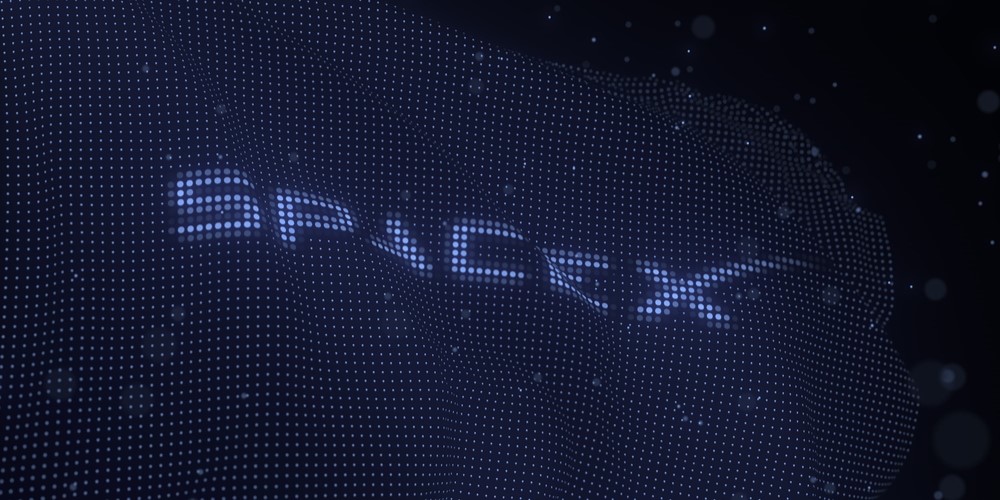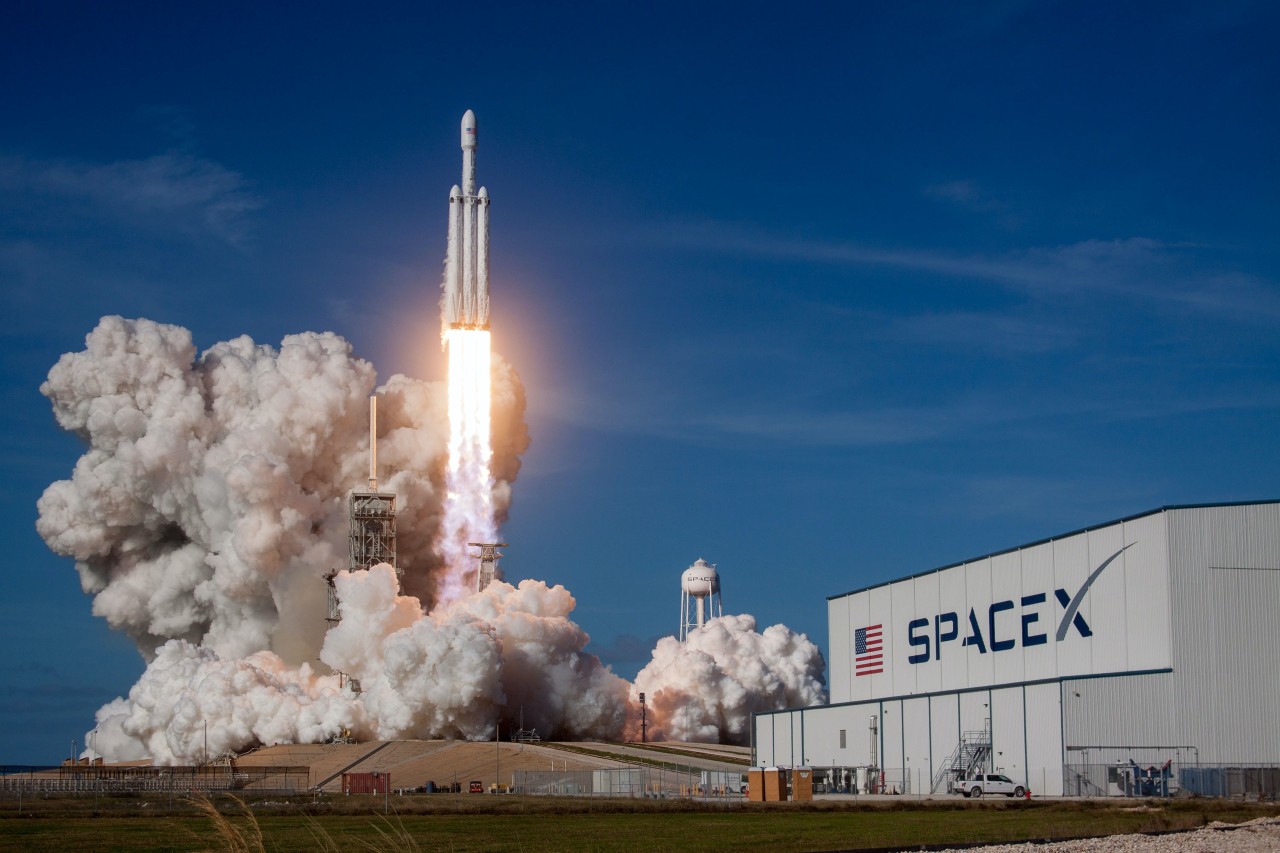Allegations of Hiring Discrimination: DOJ Files Lawsuit Against SpaceX Regarding Refugees and Asylum Recipients
Examining the Lawsuit, Allegations, and Implications on Hiring Practices at Elon Musk’s SpaceX
In a significant legal development, the U.S. Department of Justice (DOJ) has taken legal action against SpaceX, the pioneering space company led by Elon Musk. The lawsuit, which was filed recently, centers on allegations of hiring discrimination against refugees and individuals granted asylum in the United States.
Read also: Asian Stock Market Declines Ahead of Fed Chair Powell’s Speech: Impact on Global Economy
Introduction to the Lawsuit and Allegations
The lawsuit, initiated by the DOJ, accuses SpaceX of discriminatory hiring practices targeting refugees and those with asylum status. The legal action is grounded in the assertion that between 2018 and 2022, SpaceX inaccurately asserted that export control regulations limited its hiring scope exclusively to U.S. citizens and lawful permanent residents.
The DOJ’s involvement in this matter traces back to June 2020 when a complaint was lodged by a non-U.S. citizen with the department’s Immigrant and Employee Rights Section. This complaint marked the onset of an investigation that would bring to light concerning practices within the company.
The Findings of the Investigation
The investigation conducted by the DOJ revealed disconcerting trends within SpaceX’s hiring practices. According to Kristen Clarke, Assistant Attorney General of the DOJ’s Civil Rights Division, the inquiry exposed instances where SpaceX had not provided fair consideration to asylees and refugees due to their citizenship status. This contravened federal law, as the investigation unveiled that the company had essentially imposed a de facto ban on hiring individuals of this category, regardless of their qualifications.
Kristen Clarke further stated that the investigation brought to light instances where SpaceX recruiters and high-level officials took actions that discouraged asylees and refugees from seeking employment opportunities within the organization. This suggests systemic issues that warrant attention.
Data and Statistic Insights
Data furnished by SpaceX itself played a pivotal role in the investigation. The DOJ highlighted that, during a span of nearly four years encompassing over 10,000 hires, only a single individual with asylee status was employed by the company. Remarkably, this hire occurred approximately four months subsequent to the DOJ commencing its investigation.
Implications and Legal Proceedings
SpaceX’s response to the lawsuit remains pending. Notably, the lawsuit was filed in the Executive Office for Immigration Review, a division of the DOJ responsible for adjudicating immigration-related cases. The lawsuit carries significant objectives, including seeking fair consideration and back pay for asylees and refugees who may have been deterred or denied employment due to the alleged discrimination. Additionally, the DOJ aims to secure civil penalties and prompt policy adjustments within the company.
Broader Context and Historical Background
This lawsuit isn’t the first time SpaceX’s hiring practices have come under scrutiny. In 2021, the DOJ’s Immigrant and Employee Rights Section expressed concerns about SpaceX’s cooperation with a subpoena issued in the context of an investigation. The DOJ sought documents related to the company’s hiring procedures. SpaceX had previously petitioned to dismiss the subpoena, arguing it exceeded the scope of the DOJ’s authority. However, this petition was ultimately rejected.
The origins of the DOJ’s investigation can be traced to a complaint from Fabian Hutter, an individual not holding U.S. citizenship, who alleged discrimination during a job interview for a technical strategy associate position. Interestingly, SpaceX revealed in response to a 2021 DOJ subpoena that Hutter is a “lawful permanent [U.S.] resident holding dual citizenship from Austria and Canada.”
Navigating the Allegations and Their Impact
As the legal process unfolds, the allegations against SpaceX bring to light important considerations regarding fair hiring practices and inclusivity within the workforce. The outcome of this lawsuit will not only have implications for the company but will also serve as a pivotal moment in addressing broader issues surrounding employment discrimination against refugees and asylum recipients. It remains imperative to uphold principles of fairness and equal opportunity in the ever-evolving landscape of modern workplaces.


